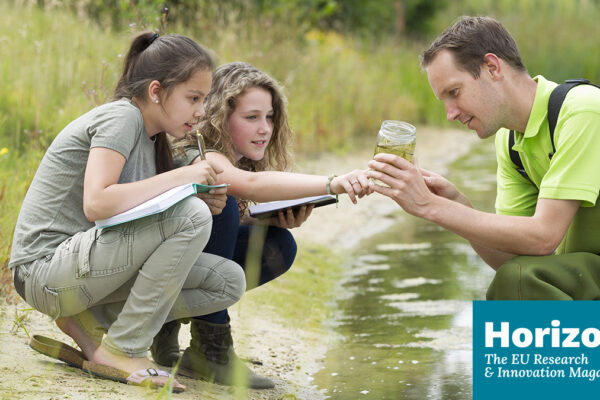
Unveiling the power of Open Schooling: Make it Open in Horizon Magazine!
Project newsHorizon, the European Union research and innovation magazine, devoted an article to the Open Schooling initiatives promoted by Make it Open and ... read more
read more about the projectA gateway to open schooling where schools become key community actors and students perceive themselves as change makers.
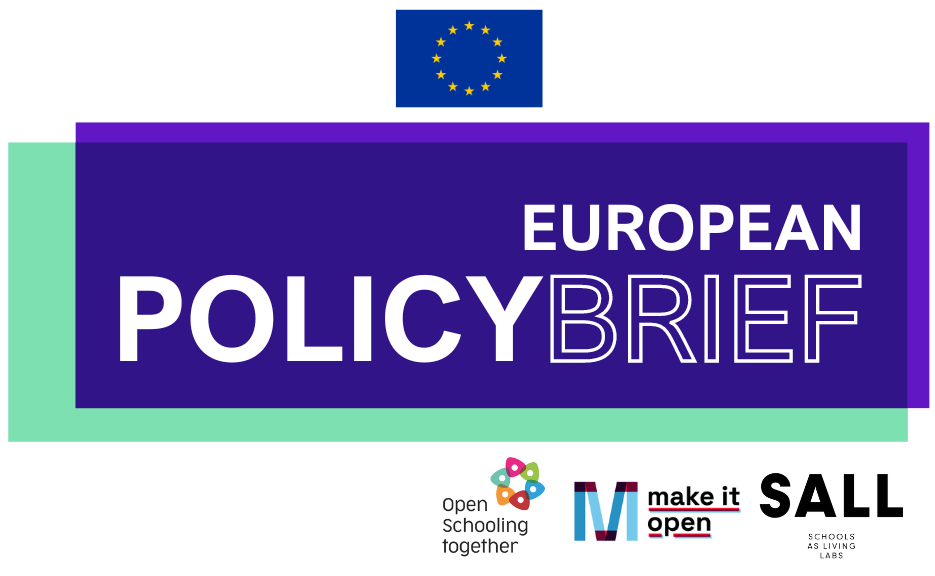
The Policy Brief outlines a roadmap for the future, recognising the challenges and opportunities ahead. It sketches the need for coordinated, multi-year, and multi-country efforts to establish this new educational ecosystem. This report, shaped by experts, policymakers, and educators, delves into Open Schooling and its potential to contribute to an improved learning experience and greater engagement among young students.
View the Report!Made by and for science educators, the Open Schooling Navigator is available in 10 languages! This online platform developed by Make it Open contains all the resources needed to help schools transition into a more open school. Whatever their experience is, the Open Schooling Navigator gets educators up and running in no-time to try out or expand their Open Schooling practices.
Visit the Open Schooling Navigator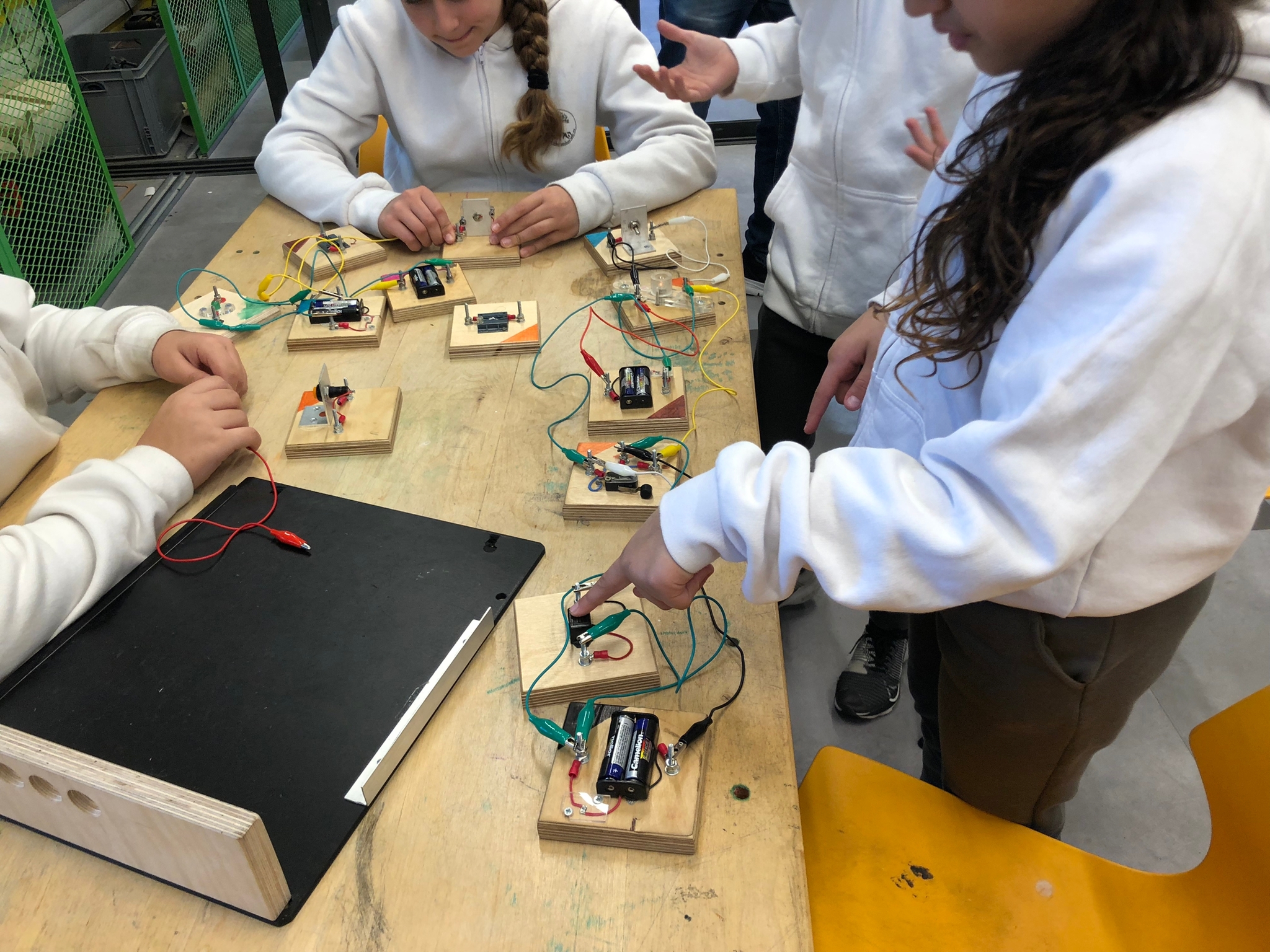
Over the 2022/2023 school year, the 10 Make it Open hubs embarked on a transformative Open Schooling adventure, collaborating with 150+ schools across Europe and beyond.
Explore how teachers, students, and community members have brought to life innovative Learning Scenarios!
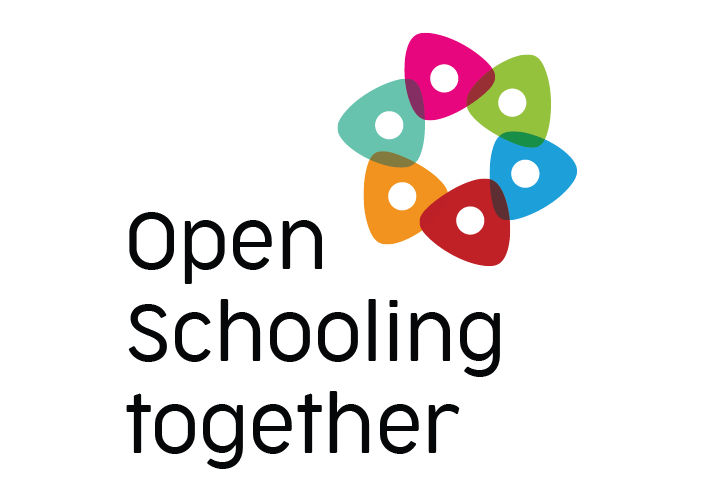
Make it Open is a member of the Open Schooling together network, a collaboration between 15+ EU-funded projects on Open Schooling and science education outside the classroom. Discover the latest tools, best practices, research outcomes, and upcoming events by following OStogether on Twitter and Facebook and by registering to the Open Schooling together newsletter.
Learn more
Horizon, the European Union research and innovation magazine, devoted an article to the Open Schooling initiatives promoted by Make it Open and ... read more
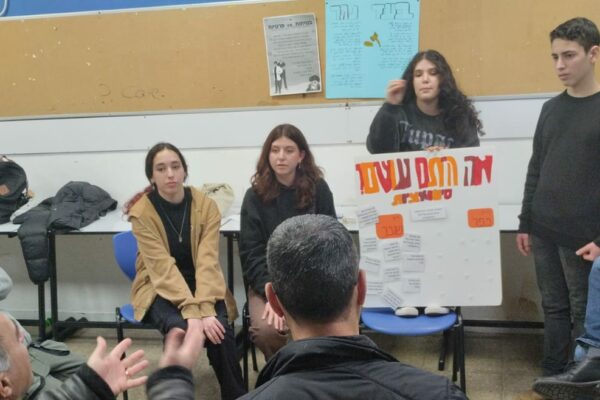
Nestled in the heart of Jerusalem lies the Israel Arts and Science Academy (IASA), a remarkable middle school dedicated to nurturing the minds of ... read more
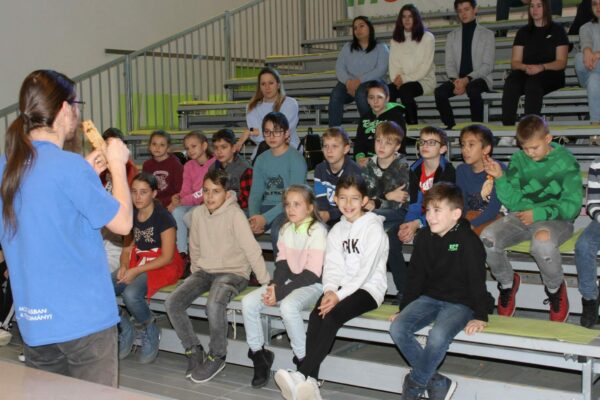
In the town of Sárvár, 47° 15′ 0″ N, 16° 56′ 0″ E, Planet Earth, a remarkable transformation has taken place within its primary and ... read more
Visuals One pager Social media Join us in the "Make it Open Schooling" Facebook ...
open linkVisuals One pager Social media Join us in the "Make it Open Schooling" Facebook ...
open linkOpen learning and open schooling are broad terms which describe learning which is ‘open’ in ...
open file